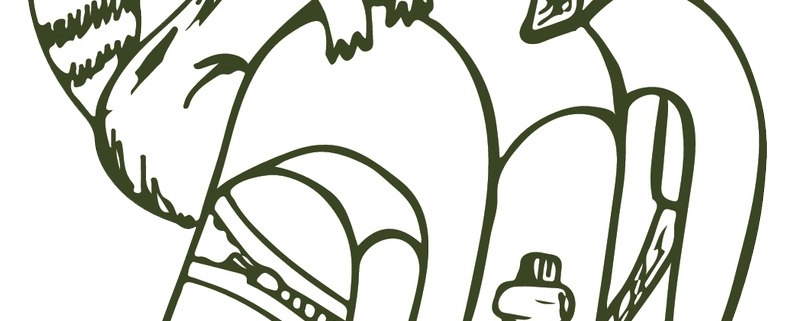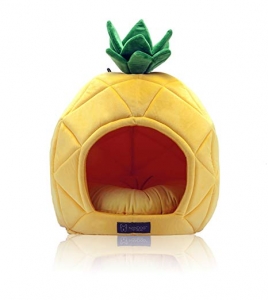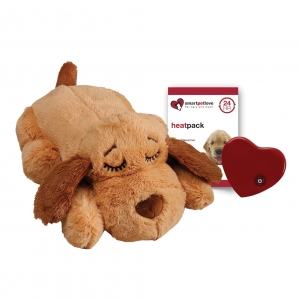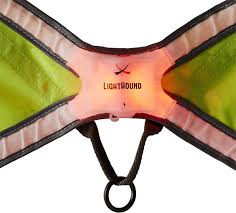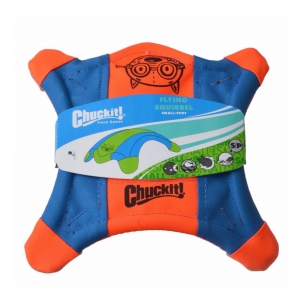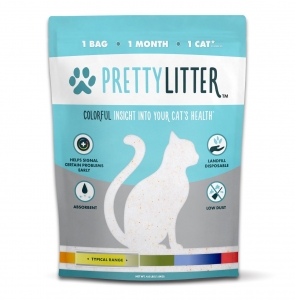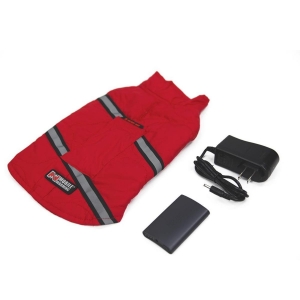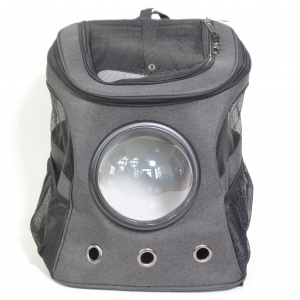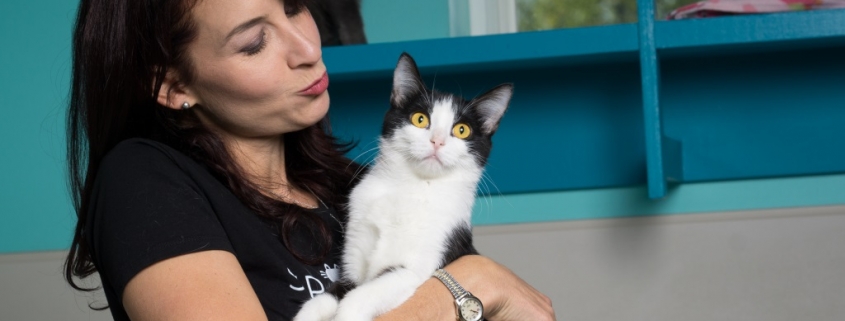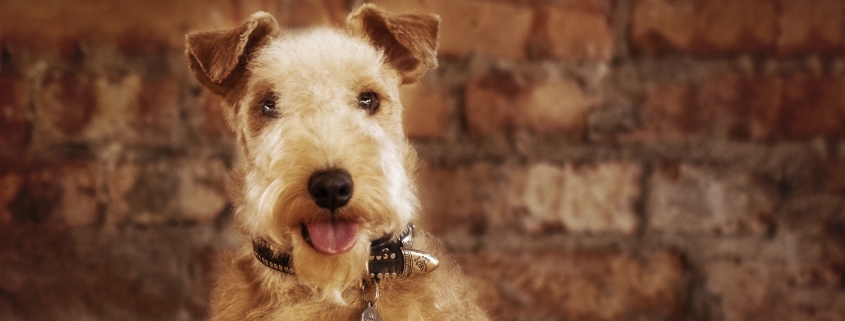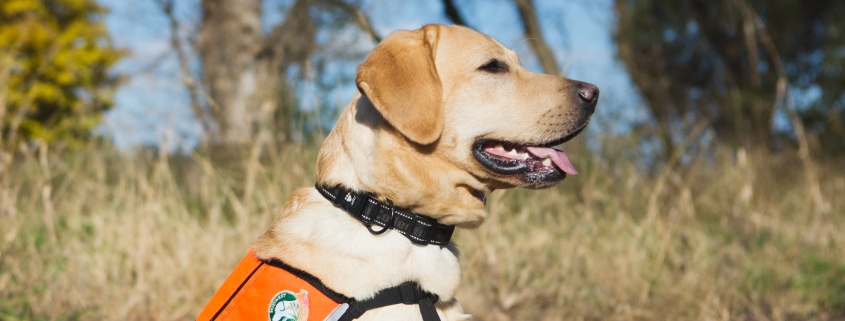By PATTI MURACZEWSKI, CPDT-KA, CABC, BA
I was 40 years old when I presented at my first dog camp: A camp designed for dogs and their owners who want to have a great time in nature. I wasn’t prepared for being wowed, and after 20 years of presenting at dog camps, I continue to be wowed. I am proud to be an instructor with Camp Dogwood, the only dog camp in Wisconsin, and one of only a handful across the country.
Staff and campers find it hard to explain why this experience is so addicting, so much so that many campers vie to get a spot for the next camp before the current one is even over. The closest word that I have heard used to describe this experience is “magical.” I think this is because everyone attending is enjoying valued time with their best friend or best friends as campers can bring up to three dogs at Camp Dogwood. However, that is just one part of it.
People who attend are like me; they want to learn more about activities there that they can continue to do with their dog at home. The camp offers very active sessions such as hiking and lectures about all dog-related topics, as well as hands on activities such as baking for your dog. An incredible bond is formed. It is like what young people often feel when they attend a children’s summer camp. What is different is these camp friendships are not as fast to slip away because social media makes it easier to keep in touch afterward.
Camp Dogwood was started at Camp Henry Horner in Illinois but a few years ago moved to Perlstein and Chi Resort up at the Wisconsin Dells. The move opened even more experiences to share with your dog specific to the Dells area. Every fall and spring, campers are given the opportunity to take a ride on the Wisconsin Dells Ducks and yes, with their dogs! The hiking paths are long and the camp acreage is large and beautiful.
Most of the camps throughout the country are attached to a lake that provides a great place for dogs to swim at the spring and fall camps. At Camp Dogwood in the wintertime, if there is solid ice on the lake, dogs can learn to pull a sled or mush on the lake. Last year, a pair of Cavalier King Charles Spaniels seemed to have a better time pulling than even the Nordic breeds.
The variety of activities are vast, but camps pride themselves in introducing sports and activities that are on the cutting edge. This means you can count on something new being added to almost every camp. Some of the newest activities added at Camp Dogwood are core conditioning for dogs, dog friendly yoga, shed hunting and brush hunt. This always keeps the camp fresh.
Like any type of camp, crafts are offered. Most crafts offered center around dogs such as handmade leashes, dog bowls, etched glass, friendship stones, flirt poles or snuffle mats. Dog camps vary in the number of days they run. One of the camps out east, Camp Gone to The Dogs, offers a week of activities while other camps run for three to four days. Alysa Slay and Dave Eisendrath co-founded Camp Dogwood in 2001. Alysa found that some campers wanted a longer experience. Camp Dogwood now offers extended camp, and this allows the campers to come a day early just to chill. Needless to say, extended camp has become very popular. The cost of this experience varies, but it can average around $225 per day, which includes lodging and meals.
National Camps
If anything in this article appeals to you, take the time to look up and research the various dog camps to discover what they have to offer. There are a number of camps throughout the country, and each camp has its own flavor. Here is a list of some of the existing camps: Camp Dogwood, Wisconsin Dells, Wis.; Camp Gone to the Dogs, Stowe, Vt.; Camp Unleashed, Mass. and Georgia; Canine Club Getaway, Lake George, N.Y.; Dog Scouts of America; and Maian Meadows Dog Camp, Lake Wenatchee, Wash.
It is not unusual for someone to travel across the country to attend a camp. It’s a wonderful opportunity to see different states with your best friend.


